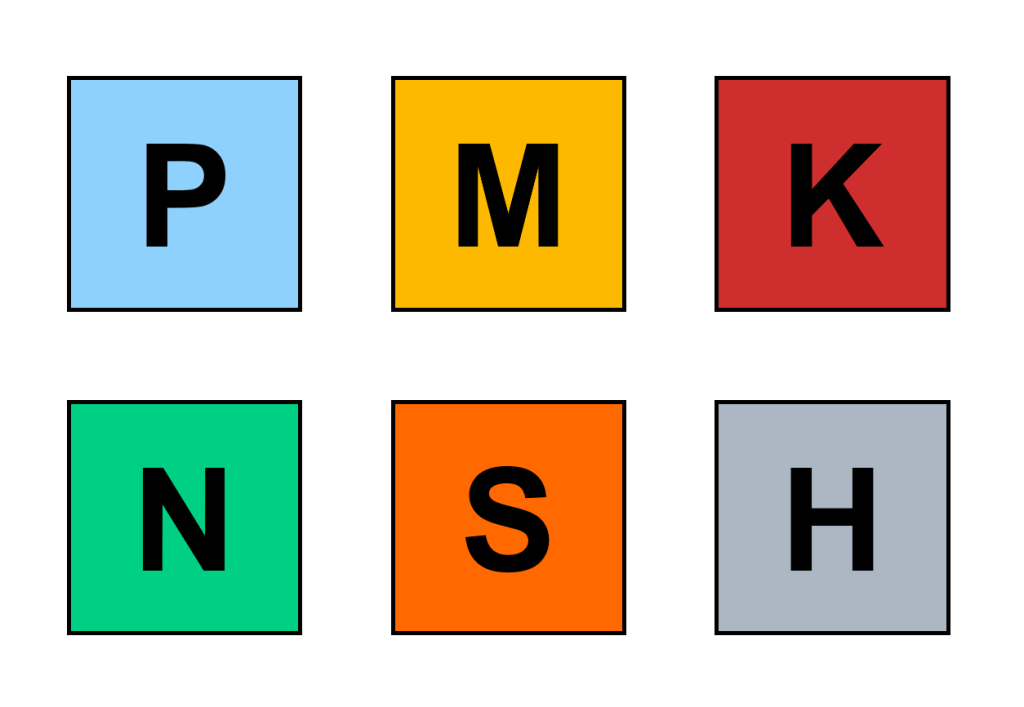Insert Breakage
Insert breakage, distinct from tip fracture, refers to a larger-scale fracture that does not occur at the rounded corner of the tool tip.The mechanism behind insert breakage is similar to tip fracture, as it is caused by excessive mechanical cutting loads. Note:In many cases, the gradual development of other types of wear can lead to […]









